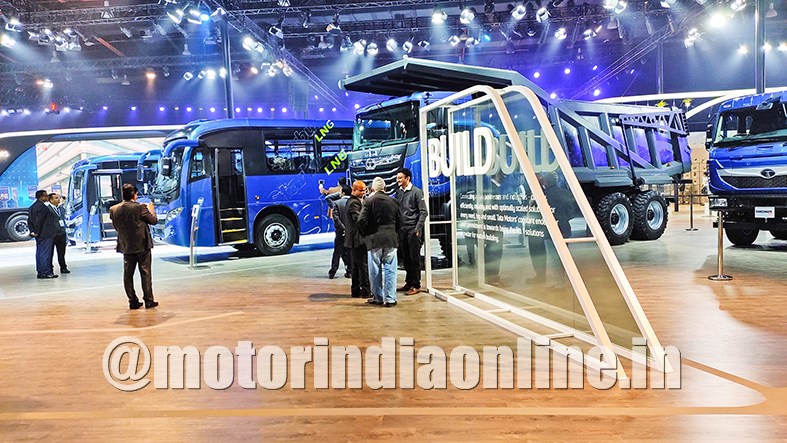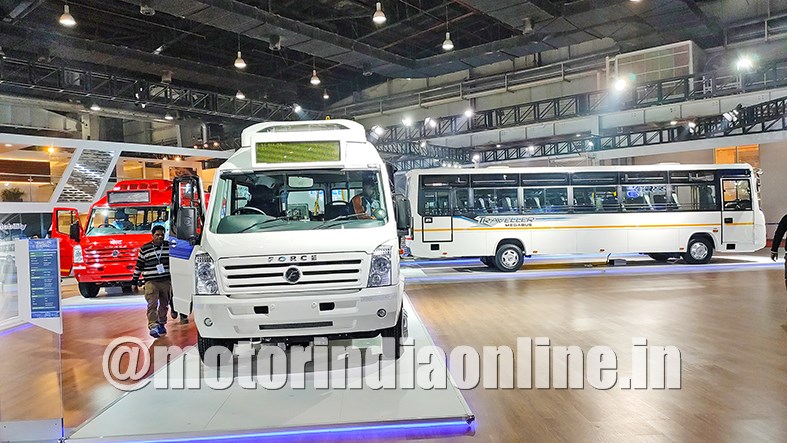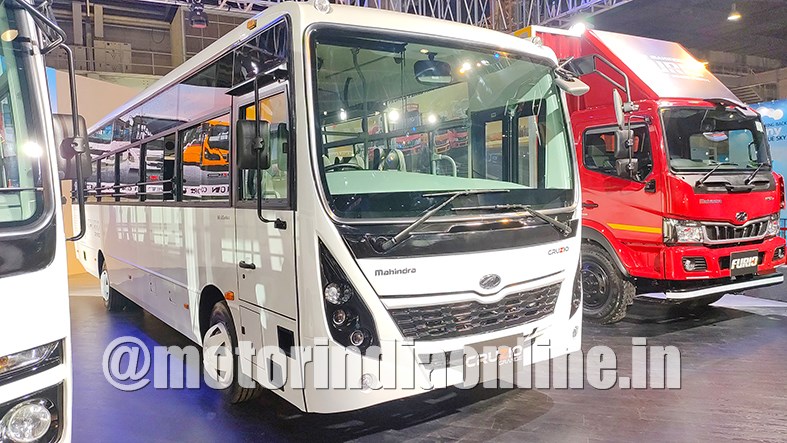India’s biggest automotive event – the Auto Expo 2020 which includes the Motor Show and the Components Show – turned out to be a decisive platform for the domestic automotive industry to preserve its reputation and affirm business as usual. Despite all odds, the expo opened up new technological avenues and collaborative spirit as the way forward for the industry.
For those living in the ‘automotive town’ in our country, every ‘even’ year is embellished with a great fiesta as a tradition for the past three decades – a business festival for everyone with definitive giveaways and takeaways! The excitement that it evokes among the industry folks and media is unmatched, while the festive preparation also acts as an essential stimulus for the stakeholders to bring our something new and pushing the horizons of the industry further and farther. This year, however, things were unusual. The customary excitement panned out with a bit of skepticism among all the stakeholders of the industry, and the wariness kept on brimming up until the last hours of the expo.
The prolonged slowdown and structured de-growth that the automotive industry has been facing since mid last year was the definite culprit behind dampened sentiments among the stakeholders. While a bunch of prominent automakers invariably from almost all product segments chose to skip this year’s edition of the motor show, a similar trend was expected at the auto components expo as well. However, things weren’t as worse as predicted. Although the motor show did give us a ‘lacklustre feeling’ owing to a limited expanse of exhibit halls and absence of exotic brands, especially in comparison to that of 2016 and 2018 editions, the expo scored brownie points with a motley of Chinese newcomers and futuristic exhibits including that of electric, connected and BS-VI vehicles.
As far as the commercial vehicle space is concerned, the latest motor show infused a sense of much-needed technological innovation and segmental market approach. Thanks to automakers like Tata Motors, Mahindra Trucks and Buses, and Force Motors who unveiled a slew of fresh vehicular platforms, product iterations, and rejuvenating facelifts. Almost all of these products are expected to hit the market soon, either immediately from April or later this year. In particular, Tata Motors stormed the expo with next-gen modular platforms that are visually and aesthetically enticing as their passenger cars, while also bringing new iterations from those platforms designed specifically for certain micro-segments within trucking and bus transportation. The modular approach is gobbling the product strategies of other CV makers as well, including SML Isuzu and JBM Buses.
Just as the 2018 motor show saw the explosion of e-mobility in buses and SCVs, this year’s edition was all about electric solutions for the rest of the CV segments. This includes the debut of India’s first intermediate electric truck from Tata Motors, a battery-electric inter-city coach from Olectra Greentech, an electric mini-bus and passenger van from Force Motors, and a novel last mobility micro-cab from Mahindra. Further, a large number of display products were embellished with connected infotainment and telematics options, a trend that is fast picking-up in CV space in recent times. In a nutshell, the commercial vehicles at the show expressed a new vigor with impetus on fresh visual styling and solutions that are increasingly tech-savvy – something that is worth extrapolating to the entire CV industry in the upcoming BS-VI era.
On the other side, at Pragati Maidan, the auto components show broke all barriers as well, including the last-minute mood bummer – the threat of Novel Coronavirus – in the backdrop of large Chinese exhibitors and visitors. The show was appreciated as bigger and better than previous editions, with strong footfall and business deliberations. A common theme that drew the attention of the industry stakeholders was the technological shift to BS-VI and electric mobility. While a dedicated pavilion for innovation hosted a large contingent of start-ups and tech firms promoting a host of IoT and digitisation solutions.
More specifically, the focus was on helping the automakers and tier-1 suppliers in BS-VI and EV transition, by different ways and means of light-weighting, use of robust alternative materials and eco-friendly manufacturing, digital simulation, testing and validation, electronic management of critical systems including engine and transmission, and leveraging metadata. A strong aftermarket emphasis also gave a big boost to the components show, particularly in the segments of automotive consumables, garage equipment, and other utility services. In all, the organisers of both the expos, along with all stakeholders of our automotive industry, rose to the occasion of the Auto Expo 2020 to show their resilience and determination to turn around the market prospects into the growth path. They did that by declaring their impregnability to market misfortunes out loud, along with their preparedness to immediate regulatory and technological challenges ahead of them, to move forward into the 2020s.
By Dhiyanesh Ravichandran, Rajesh Rajgor, Sarada Vishnubatla


